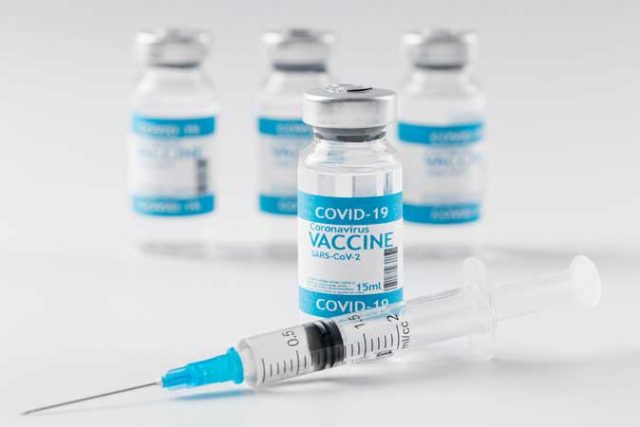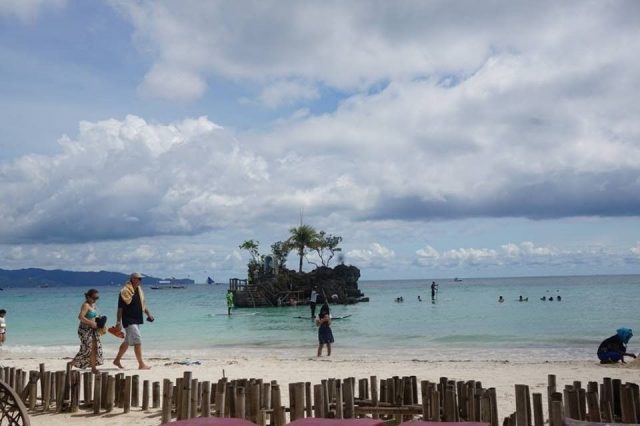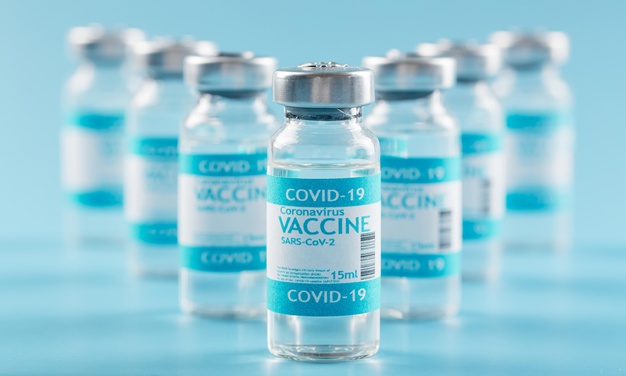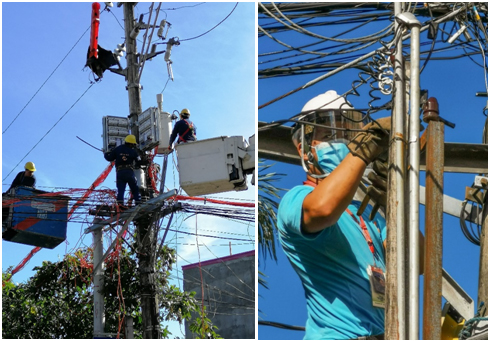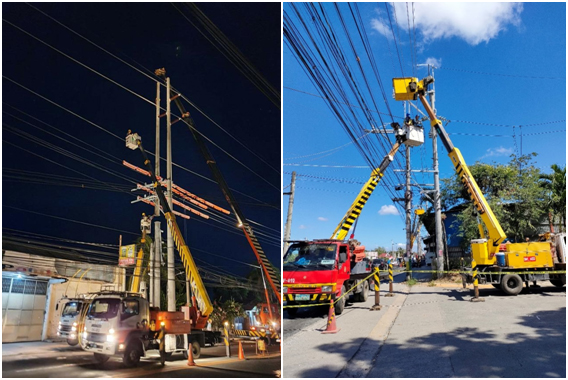CHENNAI/MUMBAI, India, May 14 (Thomson Reuters Foundation) – Arjun Kumar was wary about getting a COVID-19 vaccine until India’s deadly second wave reached villages near his home in the eastern state of Odisha.
Now, like thousands of others scrambling to book a vaccine appointment across the country, his chances of finding one hinge on who different state governments think should be given first priority on limited supplies.
“Initially I wasn’t planning to take the vaccination because people said you could die or get a fever. But now there is death all around, I’m scared,” Kumar, 30, a teacher, said by phone from his home in Nadarpur village.
Alarmed by television coverage of the nationwide crisis and reports about deaths closer to home, Kumar has tried in vain to book a vaccine appointment repeatedly over the last two weeks, both in person and using an online registration system.
“Getting this vaccine seems like a matter of chance,” said Kumar, who became eligible for the jab on May 1, when India opened vaccination for all adults.
India recorded more than 4,000 COVID-19 deaths for a second straight day on Thursday, bringing the total close to 250,000, as a surge in cases overwhelms hospitals in the country of 1.35 billion people.
Cases have exceeded 22 million, though health experts say actual numbers could be five to 10 times higher, fueling calls for swifter progress on the vaccine roll-out.
India is a major producer of COVID-19 vaccines, but by Monday it had fully vaccinated only 34.8 million people – about 2.5% of the population, government data shows. About 130 million have had at least a first dose, offering some protection.
Everyone aged 45 or over is eligible for a free vaccine dose from federal government supplies, with state governments responsible for allocating their own stocks to people aged from 18 to 44.
But as supplies lag far behind soaring demand, state authorities are having to make difficult decisions on how to distribute the few doses they have available.
The federal government’s health ministry said on Thursday it was “consistently and proactively working to secure and enhance the availability of vaccines”, adding that a new national strategy would ensure wider availability across the country.
‘POOREST OF THE POOR’
In some states, allocation policies are proving controversial.
In the state of Chhattisgarh, authorities faced a legal challenge for opting to give top priority to “the poorest of the poor” on the grounds they were the most vulnerable, with limited access to health services or benefits such as sick pay.
“In view of the limited supply of vaccines, this was done to ensure equity and social justice,” Priyanka Shukla, director of the National Health Mission in Chhattisgarh, told the Thomson Reuters Foundation.
After frontline health workers, next in line were low-income and marginalised groups including indigenous groups, single and widowed women, the homeless and former bonded labourers.
But a court rejected the state government’s argument last week following a challenge by a group of residents, and people living above the poverty line will now also be eligible in the first phase.
India announced in April that vaccine makers authorised by the federal government would be able to directly sell 50% of their stock to state administrations and private hospitals in an effort to boost the vaccination drive across the country.
But data collected from the health departments of five states and collated by the Thomson Reuters Foundation showed that the supply of vaccines was not meeting even half of the demand from health departments.
In Maharashtra, one of the states worst affected by the second wave, of the 120 million doses needed to cover the 18 to 44 age group, only about 1.1 million have been received.
Officials in the state, which is home to the financial hub of Mumbai, are considering importing vaccines from overseas to plug the gap. Several other states have made similar announcements.
In Chhattisgarh and the northeastern state of Assam, only a small fraction of the millions of required doses have arrived.
In contrast to Chhattisgarh’s move to prioritise the poor along with essential workers, Assam’s government has given top priority to frontline public sector workers including health sector employees and police, as well as people with chronic diseases or disabilities.
Health officials in the states said they were awaiting additional stocks and would determine targets for priority groups and vaccination rates according to available supplies.
“Exact (delivery) dates are not known. Everything depends on the availability,” said Bijay Panigrahi, in-charge of the immunisation drive in Odisha, which has also received only a small number of the doses it needs.
‘NOT FAIR’
The shortages and disparities in state immunisation policies have triggered demands from rights campaigners for authorities to ensure vulnerable groups get fair access.
“Prioritising the marginalised is essential because they inherently have poor health, poor documentation and poor access,” said Edwin, who uses one name and is the trustee of the charity Human Rights Advocacy and Research Foundation (HRF).
Migrant workers are among those at risk of discrimination as some states give priority to their own residents, he said.
Online registration could also lead to inequalities in vaccine access around the country and between different groups, campaigners said.
Many poor Indians do not have biometric identification cards that are often required to access public services, including vaccination registration – allowing those who do to jump the vaccine queue.
In some instances, residents from the cities of Pune, Bengaluru and Hyderabad have booked slots in rural health centres, driving out into the countryside to get their shots, according to local media reports.
“It’s not fair because the stocks are meant for villagers,” said Sandeep Jathar, a rural development official from Mulshi village in Maharashtra, which has seen an influx of residents from Pune at rural health centres.
He said local officials were helping villagers register online to ensure they were not pushed to the back of the line.
“It’s like stealing a shot meant for someone else, but since slots are allotted online, there’s not much we can do. Also, everyone is scared and it doesn’t seem right to deny anyone a vaccine.” – Reuters



